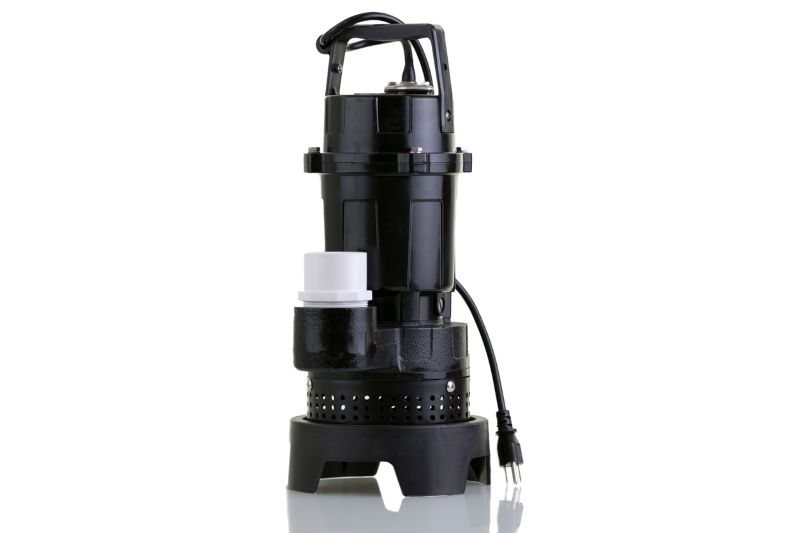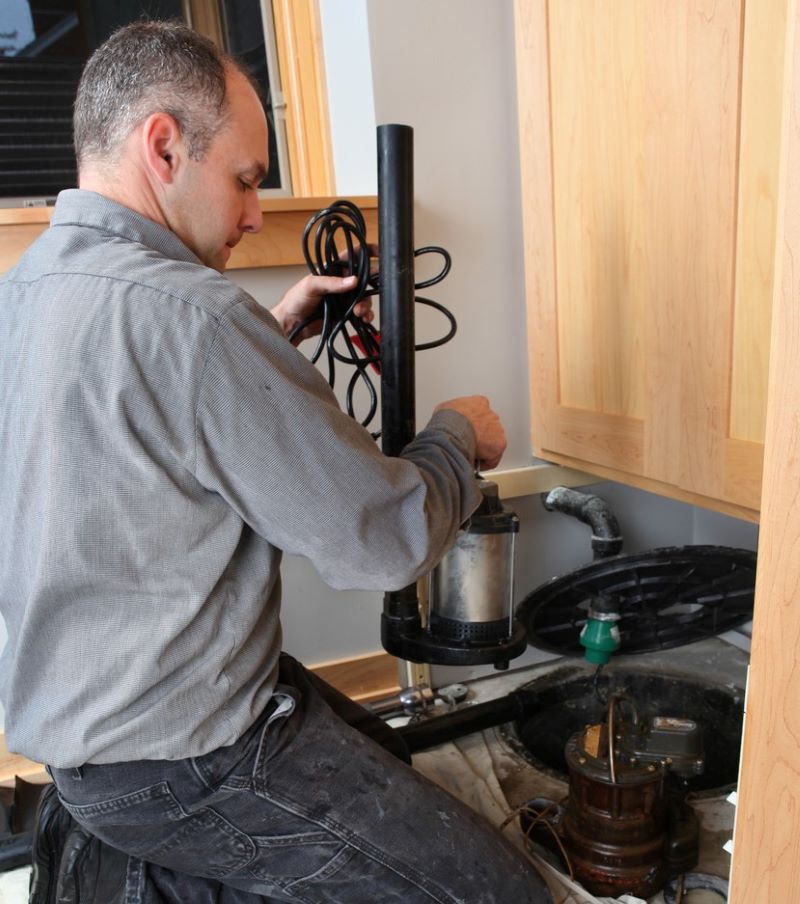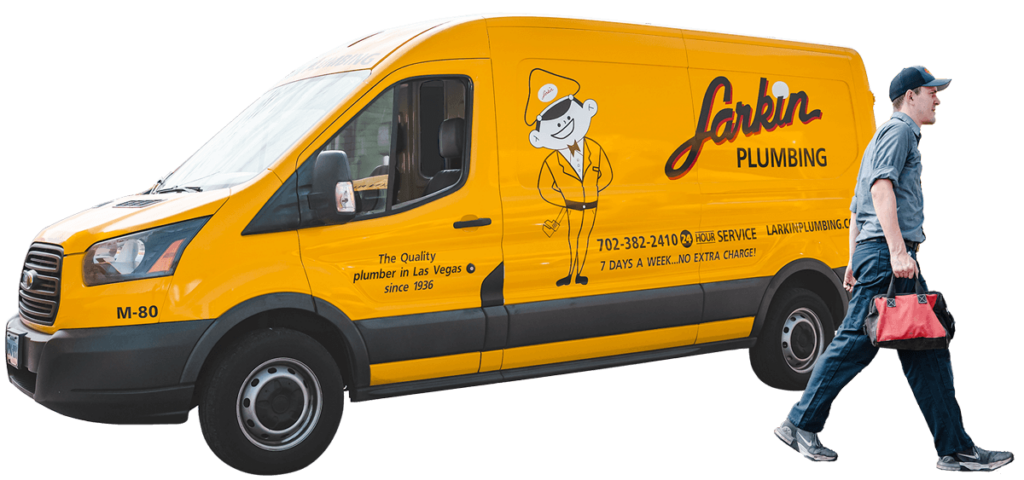
If your home is in an area prone to flooding, it is a good idea to install a sump pump1. A sump pump is essential for any home with a basement because it keeps the basement dry and free of water damage. It is also used in areas where the groundwater table is high or when there is an excessive amount of rain.
Our Las Vegas plumbing technicians share what you need to know about sump pumps.
What Does a Sump Pump Do?
So, what is a sump pump used for? The sump pump definition is a device used to remove water from a sump pit. It is installed in the basement and collects water from a flooded area. Generally, house sump pumps are installed in areas with a high groundwater table. They also serve other purposes, including:
- Draining the swimming pool
- Removing septic tank effluent
- Collecting rainwater runoff from rooftops
What Is a Sump Pit?
Also referred to as a “sump pump well,” the sump pit serves as a designated area to collect water pumped out by a sump pump.
Have a plumbing emergency in Las Vegas? Contact Larkin Plumbing today for 24-hour residential or commercial plumbing services.
How Does a Sump Pump Work?
The sump pump works by pumping the excess water out of the basement and is usually installed at the lowest point of your home’s foundation. It collects water from any source that could cause flooding in the basement, such as plumbing leaks, heavy rainfall, melting snow, or rainwater runoff. The collected water gets pumped back up through the sump pump pipes into a drain field.
Related: Sings of a Plumbing Leak
Why Is a Basement Sump Pump Necessary?
A sump pump is necessary because it helps to keep your basement dry and free of water damage. There are times when the groundwater table rises above ground level, causing basements to flood with water from underground sources such as wells or sewer lines.
When this happens, you may need to pump out all excess water to prevent mold and any damage to your home’s structure or foundation. Installing a sump pump allows for quick removal and disposal of unwanted liquid from the basement area before any serious problems develop.
Here are some functions of a basement water pump:
- Prevent basement from flooding
- Reduce the chances of mold and mildew growing inside the foundation walls
- Prevent basement from getting damaged due to excessive moisture
- Help prevent a reduced value of your home
- Protect your belongings from water damage
- Prevent the growth of insects and other pests that thrive in damp areas
- Create a comfortable living environment for your family
- Ensure that the air quality inside the home is healthy
Need help with basement sump pump installation? Call Larkin Plumbing to learn more about our sump pump plumbing services.
What Are the Different Types of Sump Pumps?
There are different kinds of basement sump pump systems available on the market. Depending on your needs, here are some to consider.
1. Submersible Sump Pumps
Submersible pumps are the most common type of sump pumps, usually installed in a pit below ground level. The pumps are submerged in water so that when the impeller spins, it creates a vacuum that sucks water up into the pump and pushes it out through the discharge pipe. However, the effects of water can reduce the lifespan and functionality of submersible pumps.

2. Pedestal Sump Pumps
These pumps are installed on top of the sump pit with a motor located above ground level. The pump sits in the water, and the impeller spins to create suction and push the water out through the discharge pipe. It has a high lifespan because it is not in contact with water all the time.
3. Portable Sump Pumps
Portable sump pumps are designed to operate from one location to another. They are used for emergencies, such as when a home experiences unexpected flooding. They are also used in areas where the groundwater table is high or when there is an excessive amount of rain.
4. Battery-Powered Sump Pumps
Battery-powered sump pumps are common in areas prone to blackouts due to severe weather conditions. These pumps are designed with rechargeable batteries that allow the pump to work during power outages or if the electrical system fails.
5. Water-Powered Sump Pumps
Water pressure runs water-powered pumps using a municipal supply. They do not need any electricity to function. They continue working even if there is no power in your home or neighborhood. Additionally, they have a long lifespan.
Excess water can lead to structural damage and mold in your home. If you’re experiencing a plumbing issue, contact our team today for an estimate!
What Are Factors to Consider When Selecting a Sump Pump?
- Flow Rate – We measure a pump’s flow rate in gallons per hour (GPH). It determines how much water they can move. A higher GPH means the pump will move more water. The amount of horsepower and submerging depth also influences the flow rate. An increase in submerging depth reduces the flow rate of the pump.
- Maximum Head – The maximum head of the sump pump is measured in feet. It refers to the maximum vertical distance a pump can move water from the lowest point of your basement or crawlspace to its discharge location. A higher head means more water will be moved faster by the pump and vice versa.
- Material Used – The material used in a sump pump is essential because it determines its durability. Most pumps are made of either cast iron or stainless steel. Cast-iron pumps are more durable than their counterparts. However, they are more expensive and can be a little heavier.
- Size of the Pump – The size of the sump pump is measured in horsepower. The best sump pump should have the higher horsepower.
How Long Do Sump Pumps Lasts?
The lifespan of a sump pump depends on several factors, such as the quality, frequency of usage, and maintenance schedule. The average lifespan for an electric sump pump is between five and fifteen years. On the other hand, battery sump pumps have a lifespan of three to five years.
Annual maintenance is essential to keep your sump pump running smoothly. Some maintenance tasks to keep in mind include:
- Cleaning the sump pit and removing any debris
- Checking the discharge pipe for clogs
- Inspecting the float switch and making sure it is working properly
- Checking the power supply to make sure it is in good condition
- Replacing the battery for a battery-powered pump
- Cleaning the pump housing and impeller

Preventing Water Damage in Your Home
Flooding can cause extensive damage to your home and belongings. A sump pump can help reduce the chances of water entering your home through the basement or crawlspace. With several types of sump pumps available, it’s important to select the one that best meets your needs. Also, ensure regular maintenance to keep the pump running smoothly.
If you have plumbing needs in Las Vegas, Larkin Plumbing is ready to help. Contact us today for a plumbing estimate!
Sources:
1Wikipedia. (18 January 2022). Sump pump. Retrieved 16 February 2022.

